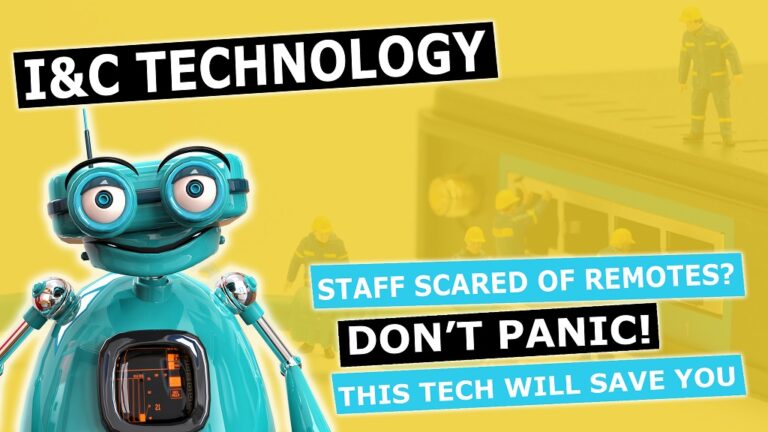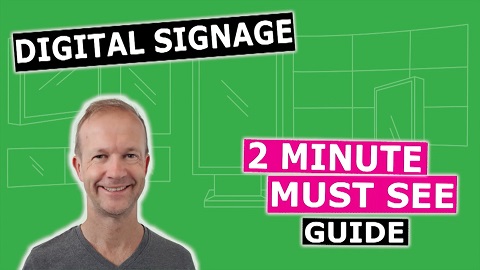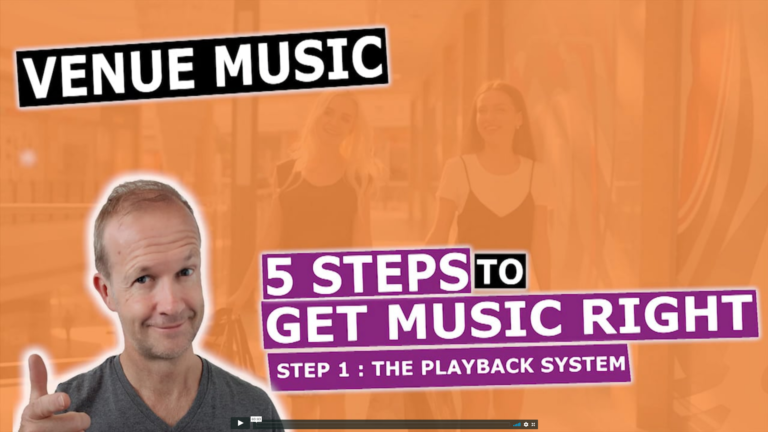Get background Music Right
Step 2 The Music Brief
This is perhaps the most challenging part of the programming process. It will require a lot of brain power particularly if marketing is foreign to you. The idea is to do an audit of your business. Don’t worry about the actual songs at this stage, we’ll cover that in music sourcing.
The Music Brief process should define what you want to play and when you want to play it.
We have a technical tool that does part of this process for us and you can check this out in the link in the description. It will provide some good insights into the objective process of music programming. Emphasis on the word ‘objective’.
Where most businesses get it wrong is putting too much faith in the staff. Staff will often play want they want to hear or get the interpretation of the customer experience, brand and/or atmosphere wrong. So let’s start with when you want the music to play.
Here you should plan a 12-month calendar. You might want to change it by season or consider special events and occasions. Christmas is the obvious one but how about Mother’s Day, Halloween or Valentine’s Day with a love theme. Thematic programming is a great way to reinforce your key events. And it could also include promotions, for example toy sales
The calendar drills down further to day of week and time of day. Time of day should cover time staff are in the venue. Consider whether it needs to change by daypart.
Recently I was dining at a restaurant in a premium hotel and listened to the music and it was a very good selection of music. It suited the occasion, the hotel brand and its clientele. It was contemporary easy listening, up tempo music. I got a coffee in the morning from the same restaurant and it was the same playlist. So not only was it repetitious but the tempo wasn’t right for that time of day.
So that covers off the “when”, now it’s time for the what.
To select the songs that are right for your business it helps to revisit aspects of your business. The goal here is to make the process as objective as possible, to define variables that can help in song selection. There are four variables that determine the music; customer, atmosphere, staff and product and or brand positioning. It’s a good idea to rank each of those variables, force the discipline of what should be front of mind when choosing songs. Also, state whether the music should be safe for all ears. We use a traffic light system that works very well. Green is safe, amber is use with caution (it might be to avoid songs that are censored or use words that can be misinterpreted like “funk”) and red has expletives.
I was at a venue recently that boasted facilities for kids. It had a great playground and the speakers were the same speakers used for live performances; we’re talking 500watt speakers for background music. So the music was crystal clear in the playground. The building was a glorified tin shed; rustic, with a large outdoor veranda set in the Australian bush. The music playlist was great; it was contemporary indie folk. It lent itself beautifully to the surroundings and occasion. So my 2-year-old son is playing in the kids playground and he’s dancing to the music. He’s an absolute sponge and parrot. He hears the almost inaudible and amplifies it back at full volume. Then the unedited version Mumford and Sons Little Lion Man, played. There’s such an emphasis on the F word in that song…over and over again.
Define your customer by age and gender.
Here you can see what we do with our tool. We like to rate the importance of each segment. Not only do we cover who your target audience is but also who it is not.
Atmosphere is about energy and the physical space on a scale from stopped to sprint. The science here is that tempo influences our perception of time. The faster the tempo the faster we perceive time to be moving. We have a client that is a well-established men’s clothing brand. Its customer was older than its target audience and sales were going down. So we put in a contemporary up-tempo playlist and increased the volume in store. The music reinvigorated the brand and attracted the target audience back to store and repelled the clientele they didn’t want. And for eateries, its turnover of tables vs staying longer to buy more food and drinks. The physical space can be defined as classic to modern and on another spectrum casual to elite. Furnishings, lines, colors, fonts, display and lighting all help define these attributes.
Brand positioning has four variables; quality – from good to high, price from cheap to premium, appeal from unique to popular and sophistication from simple to sophisticated. A handy tip to help define your brand and the music that goes with it is to list popular brands that are like your brand and listen to the music associated with that brand.
The music that is right for brands are those that are used in commercials. They’ve gone through a rigorous process with an agency often involving consumer research, to select the song that best reflect their brand. So if, in your business Brand is of great importance in the music programming process, and there is a brand that is aspirational to your business, then it’s a great place to start. And with today’s apps, it only takes one song to start the music discovery process. Terrestrial radio stations are also great to reference. Know their audience and the mood they may be trying to elicit through music.
Of course music is only one element. Expand your thinking from BGM to creation of your businesses own radio channel. The ubiquity of music can dilute our thinking of the effectiveness of audio. However, it’s very powerful. From its use in gaming machines to the audio cues on our computers, it subconsciously elicits an emotional response. and unlike digital signage where your customer can look away, music is always on, your customers can’t escape it. So your own radio channel can have jingles and ID’s that define your brand and connect it with your customer. Layer on messaging and you have a very robust program.
If you have any questions, get in touch. We’re here to help.
Go to Step 3






